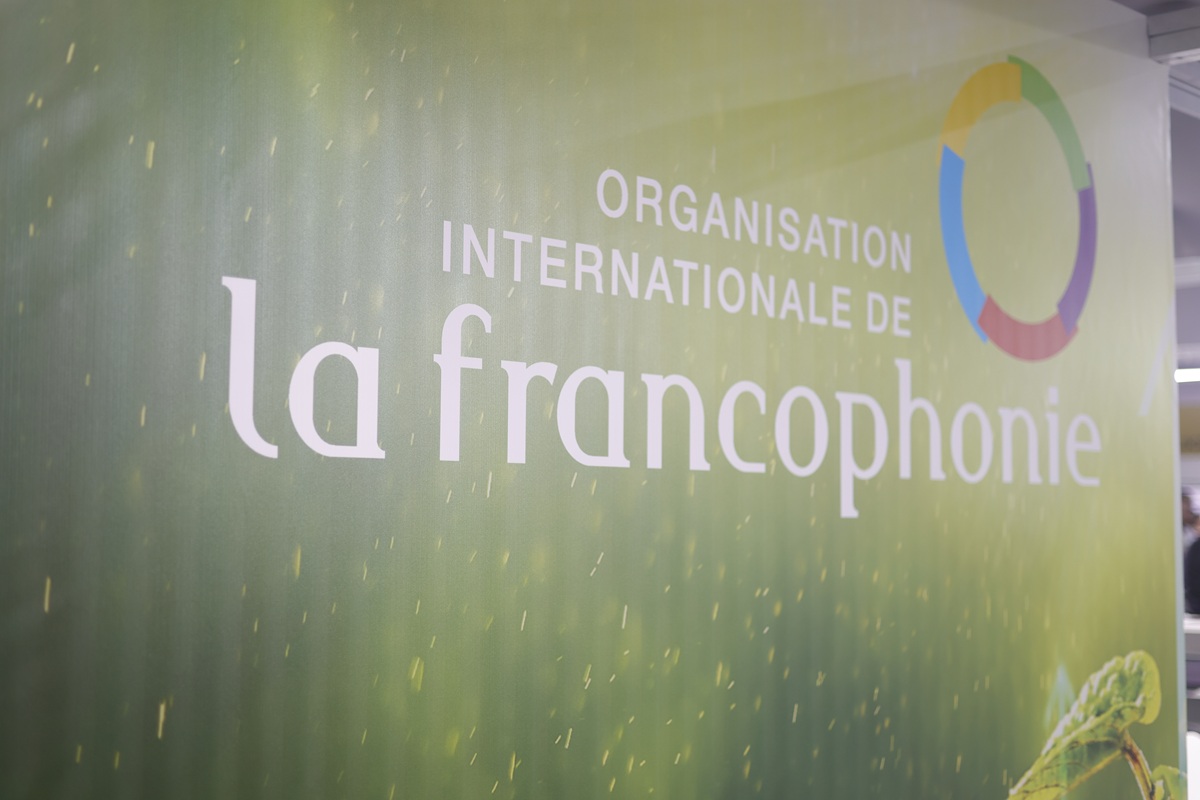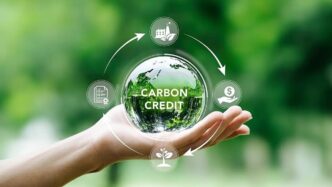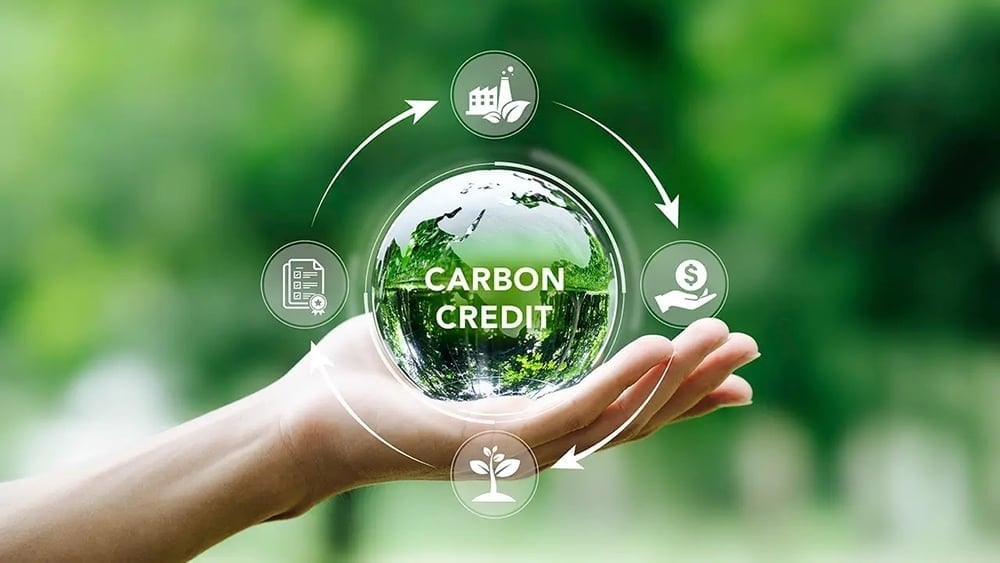A patchwork of REDD+ projects across the Congo Basin generates credits that fund ranger salaries and school repairs, offering a glimpse of carbon finance’s potential. This is coming to bear in a voluntary market reeling from global scandals that have exposed flaws in offset integrity and over-crediting accusations. Unmet promises have given rise to tensions among stakeholders and communities over verification and value. Demands for stricter safeguards in the carbon credit market are growing louder.
Buyers from tech giants to oil majors retired 47.7 million problematic offsets in 2024 alone, according to a Corporate Accountability report released in June 2025, as studies revealed most REDD+ schemes overstated climate impacts by up to 400 percent. In the DRC, where emissions from land-use change topped over 540 million tonnes of CO2 equivalent last year, projects like Mai Ndombe have slashed deforestation to near-zero levels while channelling revenues to 50,000 residents—yet neighbouring initiatives, such as Isangi, face backlash for unmet community pledges and opaque finances.
At stake is a market projected to hit $100 billion annually by 2030, with Africa supplying 20 percent of credits but capturing just 5 percent of proceeds, per the Africa Carbon Markets Initiative’s 2024 outlook. The DRC’s national framework, finalised in February 2025, mandates 25 percent of REDD+ revenues flow to locals. This jurisdictional push aims to blend project-level sales with government auctions, but critics warn it risks entrenching land grabs without ironclad consent processes.
In a June press release, the World Bank Group announced that the DRC has received $19.47 million for reducing 3.89 million tons of carbon emissions through efforts to protect and restore forests in the Mai-Ndombe province. The payment is the first under a broader agreement that could unlock up to $55 million for reducing 11 million tons of emissions.
“A significant share of the funds will go to local communities and Indigenous Peoples who are helping lead forest conservation efforts on the ground,” according to the press release.
Jean-Robert Bwangoy-Bankanza Bolambee, geospatial scientist at the University of Kinshasa and head of the Mai Ndombe REDD+ Initiative, maps these gains from satellite feeds in his Kinshasa lab. The 300,000-hectare concession along Lake Mai Ndombe’s right bank, operational since 2011, cut annual deforestation from 6,000 hectares in 2013 to 1.8 hectares last year, averting 2.8 million tonnes of CO2 annually.
Rangers, recruited from indigenous forest villages like Batua, use drone patrols to intercept loggers targeting wenge timber, while community committees allocate credit sales—totalling millions since inception—to priorities like 12 renovated schools and 11 solar-powered wells serving thousands. Bolambee stresses demonstration over dictate. His teams cultivate high-yield cassava on degraded plots, boosting outputs sixfold and freeing primary forest from slash-and-burn cycles.
Women’s groups, forming the “base” of village governance, lead these efforts, harvesting surpluses for local markets. “We teach them by doing,” he told bird. “When they see high production of their own cassava, then they follow.” In one village, children hailed him over the national president during a journalist visit: “They see the benefits of what you are doing. They never see the president in their village. But they see JR (Jean-Robert).”
Such anecdotes clash with broader indictments. A Rainforest Foundation UK probe in October 2025 documented a “carbon land grab” across 5.2 million hectares of DRC concessions —echoing Isangi’s saga, where developers sold 1.3 million credits but delivered scant infrastructure. Wildlife Works, Mai Ndombe’s developer, rebutted similar claims in September 2024 with fresh satellite data, but the episode underscores verification gaps plaguing REDD+ baselines, which a Global Environmental Change study pegged as inflating additionally by ignoring natural forest resilience.

Joyce Hu of Wildlife Works, roots the firm’s approach in its 1997 Kenya origins, where a beading factory supplanted charcoal kilns in Tsavo, birthing Africa’s first REDD+ project a decade later. “If you want wildlife conservation, it has to work for the local communities,” she asserted.
In Mai Ndombe, a year of village assemblies preceded launch, yielding consent from 60 communities and rebounding bonobo troops from 20-30 to hundreds, alongside 100 forest elephants. Yet Hu acknowledges evolving scrutiny: “Getting buy-in from the get-go is the most important first step,” but as EU rules demand “permanent” and “additional” offsets, hybrid jurisdictional models like DRC’s become essential to restore credibility.
These pilots feed into Kinshasa’s ambitions. The environment ministry plans a carbon registry by year’s end, alongside a 2026 carbon tax on emissions, to streamline trading and capture more value domestically.
PIREDD programs in Mai Ndombe and Sankuru provinces layer $11 million in payments, funding agroforestry hubs and mobile clinics that rushed Mpox aid last year—five tons of medicine amid a surge that killed dozens regionally. Communities, via elected local development committees, vote on allocations: teacher salaries in 32 schools under construction, tilapia ponds yielding protein where malnutrition rates hover at 40 percent.
The framework’s equity clause—ensuring 25 percent direct to locals—addresses past inequities, where consultancies siphoned 60 percent of just transition funds in models like South Africa’s. Bolambee notes residents of local communities know that they have a critical role to play.
“They fully understand that they need to protect the forest in order for them to get money,” Bolambee said. “They get 25% of carbon revenues, which is a lot of money for them.”
In Batua, elders share elephant sightings over fish-farm hauls, tying abstract tonnes to tangible security. Global markets, however, teeter. A Science study in October 2025 found REDD+ credits underdelivering on emissions cuts, prompting buyers like Microsoft to pause purchases pending reforms.
DRC’s envoys at COP30 in Belém this December will pitch jurisdictional credits as the fix—government-backed, community-vetted and scalable across 152 million hectares of basin forest. Success here could inject $2 billion annually into Congo’s coffers, per World Bank estimates, but failure risks deepening divides, with offsets dismissed as “subtle green grabbing.”
For Bolambee, the path lies in intensification: “We can use the areas that are already degraded to make production.”
As patrols extend and women’s groups expand, Mai Ndombe’s ledgers—deforestation near-zero, revenues climbing—signal carbon finance’s pivot from promise to payout. In the basin’s green expanse, where loggers lurk and floods rise, these gains test whether markets can deliver equity without exploitation. The verdict, as negotiators converge, hangs on safeguards that match the forests’ scale.


 Trending
Trending 

